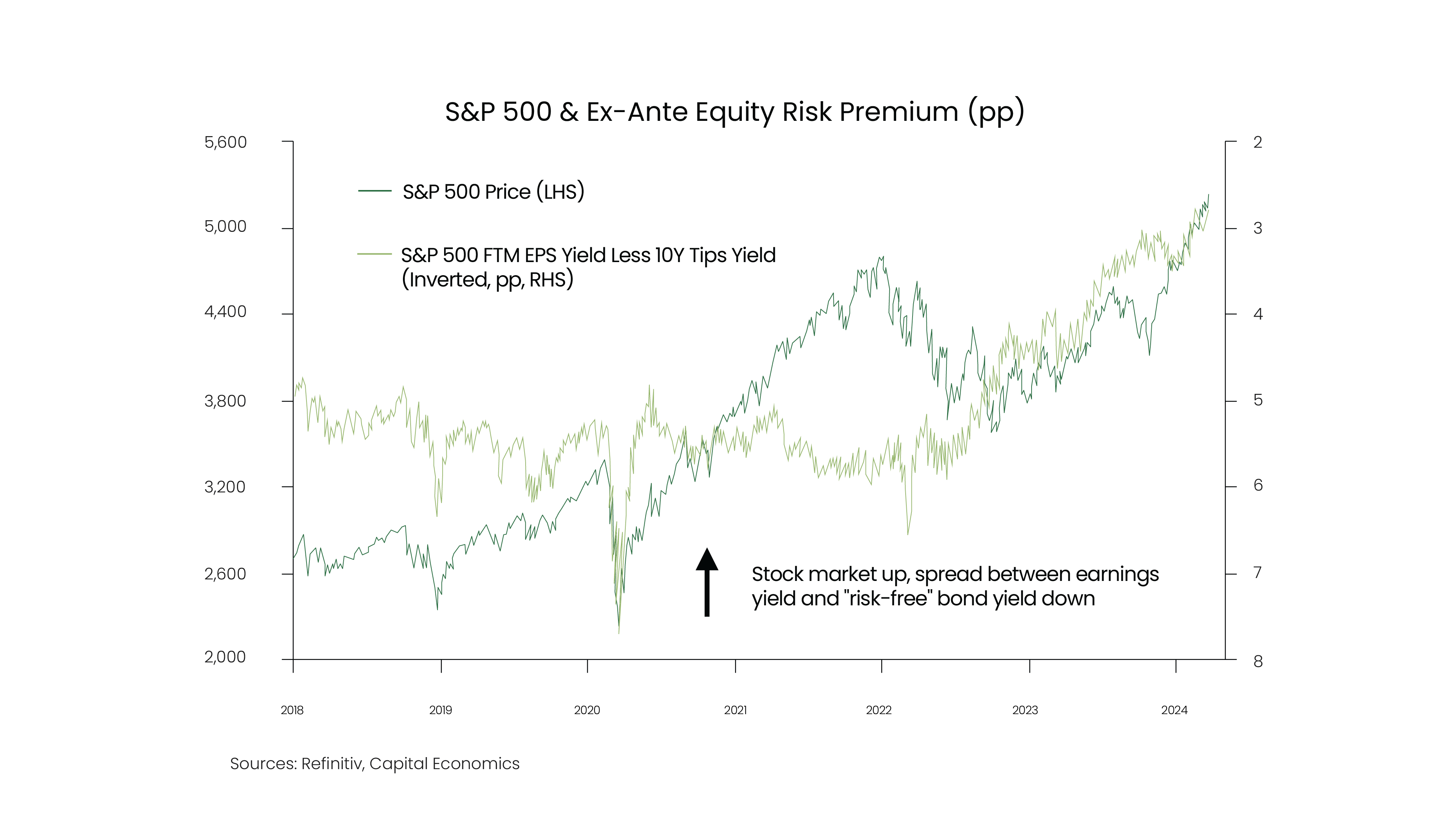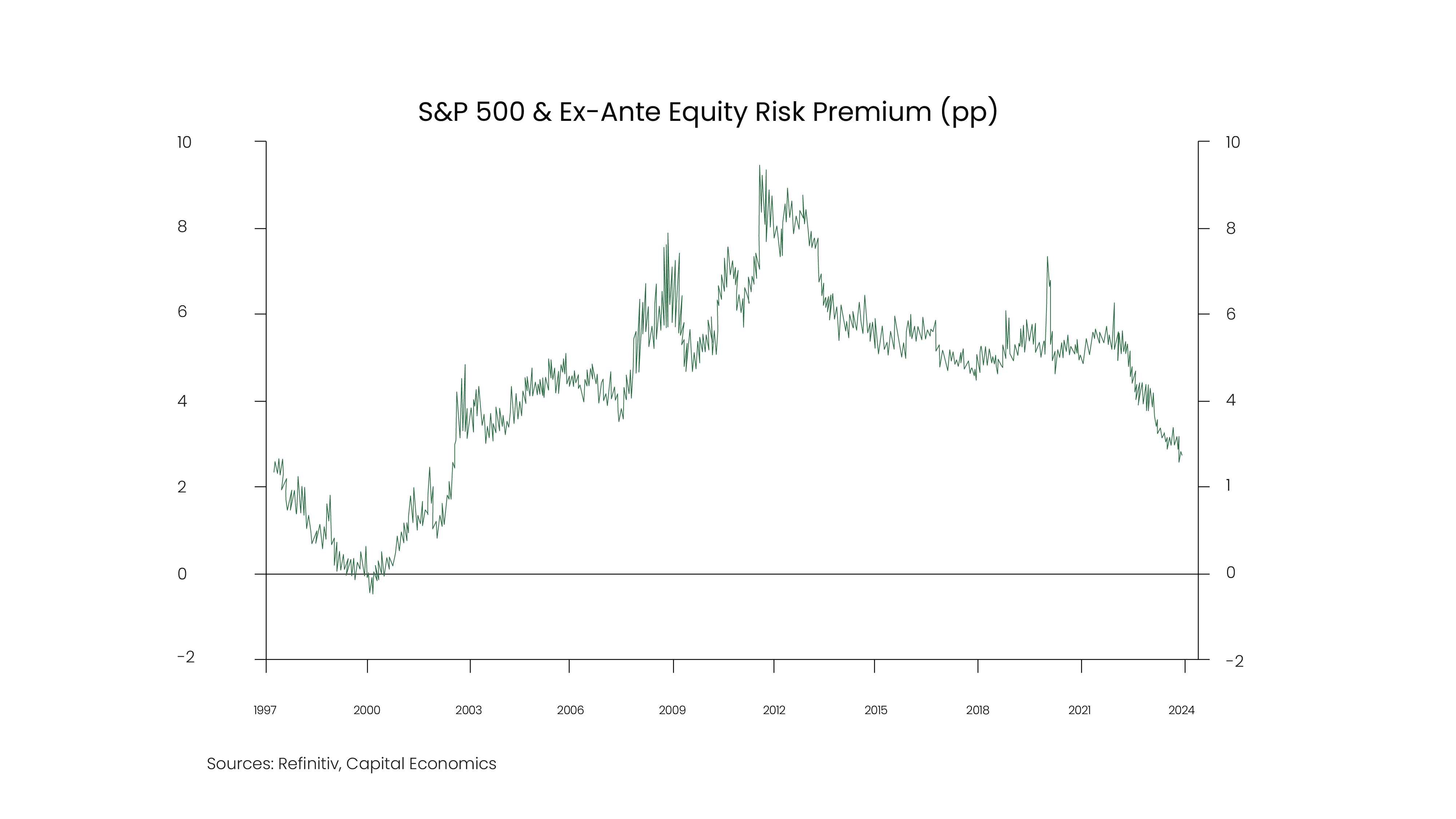Anyone who has taken a road trip with children, or as a child themselves, can distinctly remember the constant question, "Are we there yet?"
It's a refrain that echoes through the annals of family travel. A humorous yet exasperating reminder of the timeless rituals of the road. Beyond just a simple inquiry about arrival time, this question encapsulates the essence of the journey itself - the anticipation, the impatience, and the longing for the destination intertwined with the joy of the voyage.
In our case, “Are we there yet?” has been the long voyage to relief from high-interest rates. The voyage has been not so enjoyable, fraught with uncertainty and volatility, especially for fixed-income and balanced portfolio investors. Reminds me of family road trips from Toronto to Florida as a child….sorry Mom and Dad! But I digress, I believe we have arrived and let me explain why.
Central Banks Gaining Confidence
March's flurry of central bank meetings points to growing confidence among policymakers in most major economies that inflation is on track back to their 2.0% target. That supports our view that long-term government bond yields will fall back a bit further this year and will probably lend further fuel to the stock market (not that it is needed! - more on that later).
No less than six of the G10 central banks have delivered policy decisions at the time of this writing, and the pattern among them has been unmistakable. All six took at least a somewhat dovish slant in their communications, even the Bank of Japan's nominally hawkish decision to end both its negative policy rate and Yield Curve Control came packaged with plenty of caution and crucially fell well short of expectations of a more substantial shift.
Lastly, in contrast to his approach earlier in the tightening cycle, Federal Reserve (“Fed”) Chair Jerome Powell downplayed the recent hotter-than-expected U.S. inflation data, suggesting it was more likely to prove a “bump in the road” than a major cause for concern, and that Fed officials “haven't really changed the overall story” of inflation heading back towards 2%. It was also notable in his opening remarks, that Powell included new guidance that, in addition to further evidence that inflation is coming down, “an unexpected weakening in the labour market could also warrant a policy response.”
Although Powell also stated that the Fed doesn't yet see any signs of trouble - officials are still forecasting the unemployment rate to peak at only 4.1% next year - this served as a reminder that the Fed has a dual mandate. After the employment side of that mandate was demoted during the inflation surge of 2021-22, the Fed is now acknowledging that the risks to its employment and inflation objectives have become more balanced again.
Inflationary Pressures are Easing
The latest data from major advanced economies show that unemployment rates are rising and pay pressures are easing. While wage growth is still too high for comfort in most cases, we suspect that further signs of a slowdown will support the case for rate cuts by the end of Q2 in the U.S., euro-zone, U.K., and Canada, with Australia following in Q3. Japan is the exception where pay data justifies a rate hike. Recent comments from policymakers have made us feel more confident about this. We forecast rates to reach 3.25% in the U.S., 3.0% in Canada and the U.K. and 2.25% in the euro zone by the end of next year.
On the face of it, the Fed will be able to act first. U.S. wage growth is already coming down and productivity growth has risen such that unit labour cost growth is easily consistent with its inflation target. Labour market data are relatively timely in the U.S. and by its June meeting, the Fed will have earnings data for March, April and May which should support the case from key inflation indicators for a first rate cut. But much obviously depends on whether core inflation itself falls further.
We suspect that the European Central Bank, Bank of Canada, and Bank of England will also cut interest rates in June. However the incoming labour market data present more of a risk to this view. In the absence of a rise in productivity growth akin to that underway in the U.S., wage growth will need to fall further to become consistent with these banks' 2% inflation targets. We expect data relating to the first quarter released in May and early June will reveal that a downward trend is well underway, but any upside surprise could lead to a delay in rate cuts.
Ultimately, as noted by the Bank of Canada, central banks want to “balance the risks of waiting too long to lower rates, thus making economic conditions weaker than necessary, against lowering rates prematurely and potentially squandering the progress made toward price stability.”*
On Artificial Intelligence, Market Bubbles and Does it Matter?
Concurrently, equity investors have been on a road trip of their own (albeit a much more fun one), one that kicked off in March 2023, when ChatGPT 4.0 was released. The bubble in the S&P 500 that is forming now resembles the internet bubble that formed in the second half of the 1990s in many aspects, not least how it is an attempt to capture the future benefits of transformative technology. Nonetheless, valuations remain far short of what was reached then, suggesting that the current AI bubble has plenty more room to inflate.
Let me explain: At the time of this writing the price/forward 12-month (FTM) earnings (EPS) ratio of the index is a bit above 20. That compares to a peak of nearly 25 shortly before the dot com bubble burst. Admittedly, the current rally is 'super-concentrated' in a way that it wasn't 25 years ago - a phenomenon that has arguably been accentuated by a huge shift from active to passive investing in the past decade.

Even so, the combined valuation of the three sectors in which the 'Magnificent 7' (Microsoft, Apple, Amazon, Nvidia, Meta (aka Facebook), Alphabet and Tesla) operate remains less stretched now than it was then. And that of the rest of the market is also lower, which points to the possibility of the rally broadening out.

The Role of Passive Investing
Lastly, unlike most bubbles, this one hasn't been accompanied, at least so far, by obvious signs of high and rising leverage. On the other hand, the share of funds invested in 'passive' products is now much higher than in prior bubbles. Our view is that the shift to passive investing seen so far can't have played a very big role in causing a bubble in the overall stock market. After all, whether money is invested in active or passive funds shouldn't - in principle - have a bearing on how much overall finds its way into equities. However, investing in passive funds weakens the price discovery mechanism in the stock market. In other words, it reduces the relative weight of money that is able and willing to bet against potentially distorted valuations of certain stocks or sectors. In that way, it can reinforce the status quo.
According to data gathered by Morningstar, the share of U.S.-listed equity mutual funds and ETFs that are passive funds has nearly doubled over the past decade or so, to more than just over 50% at the end of 2023. Given trends over the last few years, we have seen estimates that the passive share could hit over 70% in the next decade.
It's impossible to know how quickly a bubble will inflate, how big it will get before it bursts, what will cause it to burst and when it will burst. Having said that, Owen Lamont, Ph.D. Senior Vice President, Portfolio Manager, Research at Acadian Asset Management, writes an amusing anecdote on how to spot the end of the bubble in his piece “Scenes-from-a-bubble.” Although fictional, Mr. Lamont's scenarios resonate with me, having lived through a few market bubbles myself. Nonetheless, our expectations for the S&P 500 are rooted in the idea that a bubble in the index will continue to inflate against the backdrop of a modest rise in earnings.
What does this mean for your portfolios?
Developments on the inflation front over the last quarter have lessened our concerns of a hard landing. As a result, we expect to move to an overweight position in equities early in the second quarter. We continue to favour U.S. large-cap equities over International and Canada. Having said this, we still foresee GDP growth slowing in developed economies. Our positioning is based primarily on our expectation that the emerging bubble centered around artificial intelligence stocks has a lot further to run. Central banks easing policy would certainly help at the margin as many past bubbles are associated with relatively loose monetary policy.
Corrado Tiralongo
Chief Investment Officer
IPC Portfolio Services
*Governing Council, Bank of Canada March 6th Deliberations: Summary of Governing Counsil Deliberations: Fixed announcement date of March 6, 2024 - Bank of Canada.